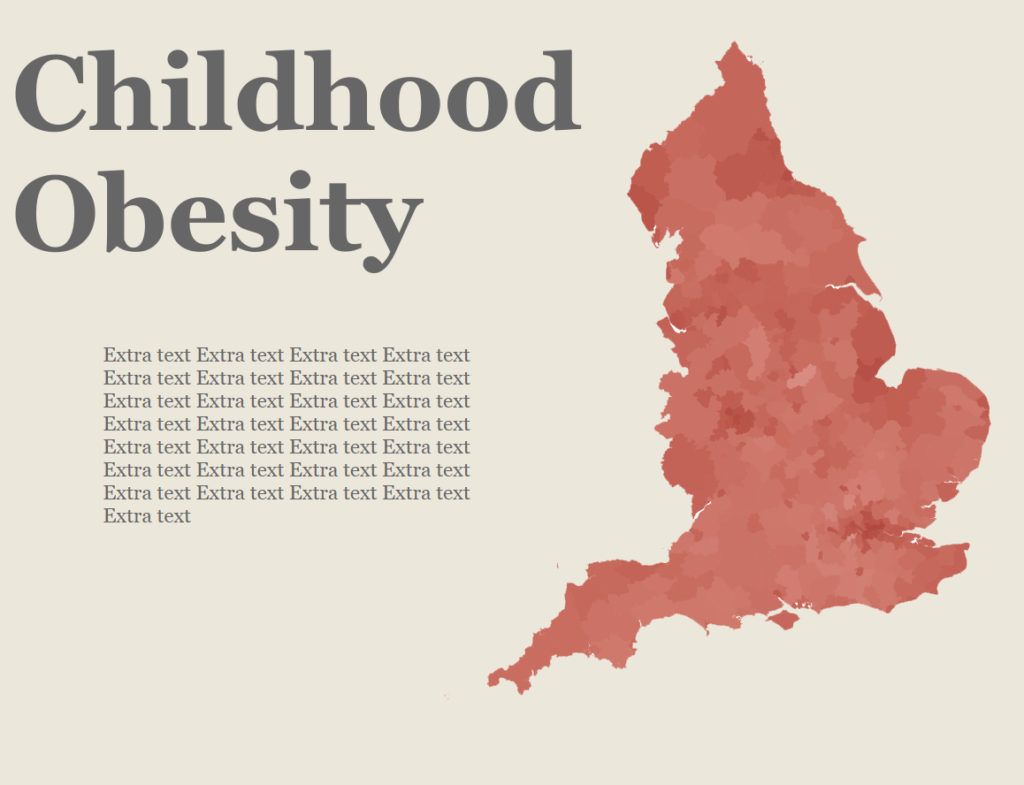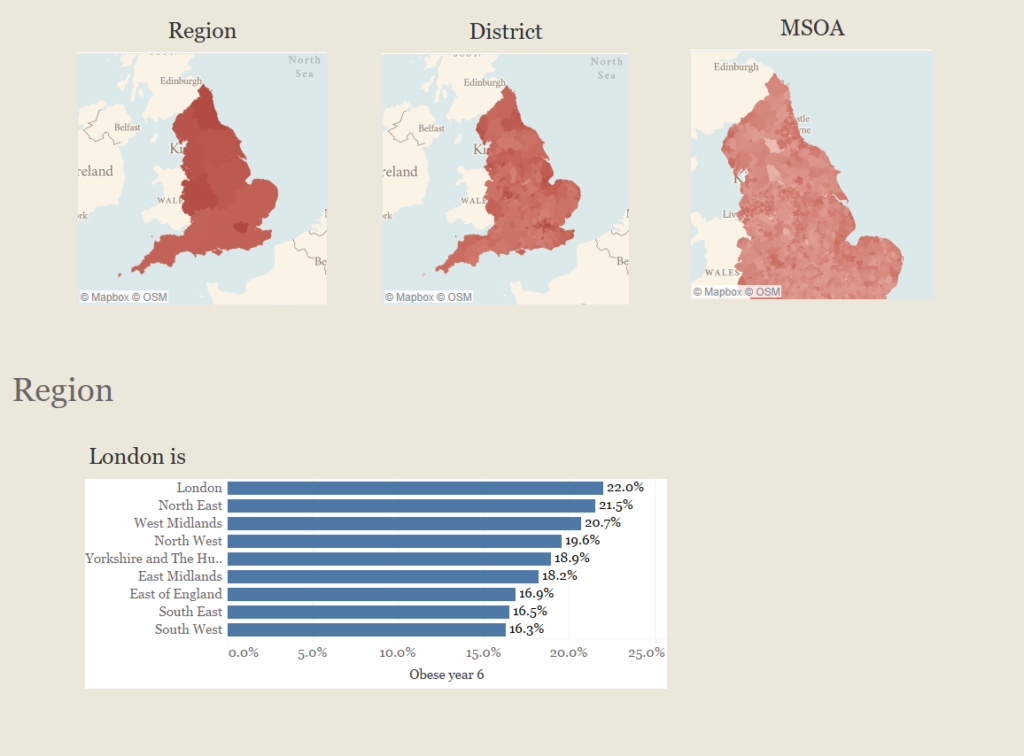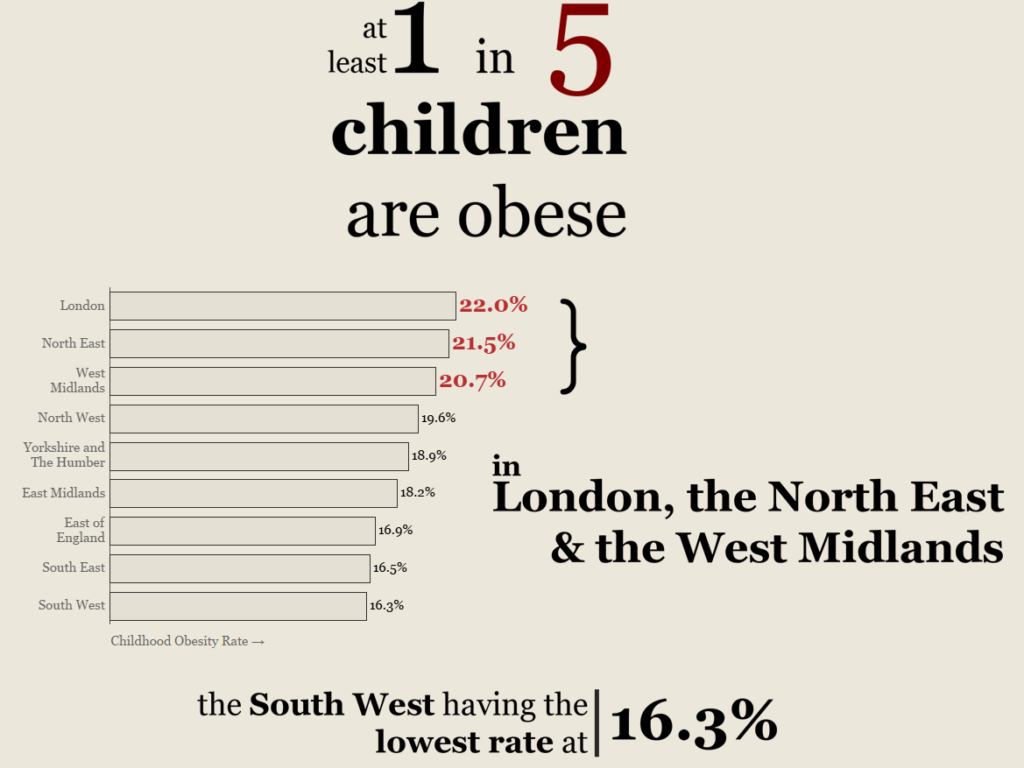There’s been lots of complaining from Andy about DS18’s feedback to the challenges this week, but here we go into another whirlwind adventure of data, complaining and timestamps.
9:11 – Successfully added some sass to the blog
Now to look at the data.
There are 3 tables, one contains a lot of data on the sociodemographic side while the other 2 contain Year 6 & Reception obesity rates over time. There is a preference for them to use Year 6, but you are welcome to explore either.
okayyyyy, obesity data and sociodemographic data.
- All the data is a row per LSOA – These are UK statistical areas used and defined during the census, they are approx. 1000 people. It should be noted that some data has been aggregated down, and that explains the duplicates. This is from MSOA, which is the next level of the Hierarchy. LSOAs fit perfectly into MSOA, and can be traced to each other. For example, Southwark 003A (LSOA) is within Southwark 003 that is within Southwark. All the data is within England.
Cool
- Within the Viz for Social good Table, all columns are different fields. Whereas the obesity data, each field is a year. The fields are all explained in the corresponding data dictionary that is also attached
109 fields and 32k rows in the viz for social good table. This is the social demographic stuff and it’s broken down by LSOA.
- The data is 170,000 rows by 118 Columns. The Obesity data is 7000 by 42. The obesity data currently contains a few different measurements for years though
There aren’t 170k rows? There’s 32k. Also only 109 columns.
- The Main sociodemographics data’s years are all in the Data Dictionary, it should be noted that these don’t really matter as they are the most up to date version of those that exist currently.
Cool
- All the data is CSV.
Nice
9:45 – Yikes, how is it 9:45
We are definitely going to have to factor in how much time it takes to chat to these applicants (they are interviewing here all day).
I think I will ignore the time series data, and so just focus on the sociodemographic data, which includes obesity).
Look at all these fields!
LA NameMSOA NameLSOA NameHouseholds with no carPart-time employeesPeople with no qualificationsHighest level of qualification: Level 4/5 (degree or higher) qualificationsPeople with a limiting long-term illness (aged 16-64)Overcrowded housingNon-white ethnic groupLone parent households with dependent childrenNo people in household have English as a main languageHouseholds in povertyFull-time: 49 or more hours workedHealth deprivationMale life expectancy at birthObese adultsObese children in year 6Children in povertyPopulation aged 0-15Population of working age (16-64)Population aged 65+Total populationPopulation density (persons per hectare)Children providing unpaid careAged 0-4Net annual household income estimate after housing costsUnemployment benefit (JSA and Universal Credit)Full-time: 31 to 48 hours workedPart-time: 16 to 30 hours workedEmergency Admissions for injury in children under 15Children in out-of-work familiesRoad distance (meters) from the nearest Convenience StoreTravel time to nearest supermarket by public transport/walkPupils achieving a ‘good level of development’ at Early Years Foundation stagePupils achieving at least the expected level in all 17 Early Learning GoalsPopulation turnover rate, Inflow of people aged 1-14Population turnover rate, Inflow of people aged 15-24Income Support claimants aged 16-24Lone Parents receiving Income SupportMean ageMedian ageNo adults in employment in household: With dependent childrenOne person in household with a long-term health problem or disability: With dependent childrenProvides 1 to 19 hours unpaid care a weekProvides 20 to 49 hours unpaid care a weekOvercrowded housing (bedrooms)Part-time: 15 hours or less workedAged 5-9Aged 10-14Pupil persistent absenteesYouth unemployment (18-24 receiving JSA or Universal Credit)3Children (dependent children aged under 20) in families in receipt of IS/JSA or whose income is <60% of median incomeChildren (aged under 16) in families receiving CTC only, and income <60% median incomeChildren (aged under 16) in families receiving Income Support or Jobseekers AllowanceChildren (aged under 16) in families receiving WTC and CTC, and income <60% median incomeObese children in reception yearPopulation turnover rate, Outflow of people aged 1-14Population turnover rate, Outflow of people aged 15-24Road distance (meters) from the nearest Primary SchoolRoad distance (meters) from the nearest PubPupil authorised absencesPupils achieving 5 or more Key Stage 4 (GCSE) passes at A*-G, including English and MathsMalesPupil unauthorised absencesAverage Point Score – Key Stage 1 pupilsAll pupils achieving level 2 in Mathematics at Key Stage 1All pupils achieving level 2 in Reading at Key Stage 1All pupils achieving level 2 in Science at Key Stage 1All pupils achieving level 2 in Writing at Key Stage 1Pupils achieving Key Stage 2, Level 4 in Reading, Writing and MathsPupils achieving 5 or more Key Stage 4 (GCSE) passes at A*-CPupils achieving 5 or more Key Stage 4 (GCSE) passes at A*-C, including English and MathsFemale life expectancy at birthPupil overall absencesAverage Point Score (Capped) at Key Stage 4 (GCSE) for all pupilsPupils achieving 5 or more Key Stage 4 (GCSE) passes at A*-GRoad distance (meters) from the nearest Secondary SchoolFemalesRoad distance (meters) from the nearest SupermarketIndex of Multiple Deprivation (IMD) ScoreUniversal CreditSocial benefits as a percentage of total household incomeFemale healthy life expectancy at birthMale healthy life expectancy at birthPupils at the end of Key Stage 4 (GCSE) achieving the BasicsNet annual household income estimate before housing costsNet annual household income estimateLocal social relationships: average scoreBelonging: average scoreAverage Point Score – Key Stage 2 pupilsEmergency Admissions for injury in children under 5Satisfaction with local area as a place to live: average scoreRate of A&E attendance for children under 5Rate of emergency hospital admissions for children under 5Obesity prevalenceClaiming out of work benefits (Benefit Combinations)Percentage of children in poverty (after housing costs)Overweight or obese children in reception yearAdults who are physically inactive (modelled MSOA estimates)People physically active (at least 150 minutes per week in the past month)Children and young people (0-18) in out-of-work families (includes families claiming Universal Credit)Greenspace coverage, public parks and gardensGreenspace coverage, totalEmergency Admissions for injury in children aged 15-24People who participate in sport and physical activity at least twice in the last 28 daysVoter Turnout at Local ElectionsAll householders (aged 16+) have English as a main languageAged 15-19
I’m imaging a long dashboard that every 1000 pixels or so is some kind of vizualistion, including actions and buttons where needed, but each section acting as it’s own part.
10:30 – Had a great chat with an interviewee but wow I need to stop (no time)
11:05 – Okay I’ve got a map, I think it’s tableau time
it’s can show MSOA, LAD or RGN but it’s still a bunch of msoa polygons. Good enough.

13:09 – Fast forward to now
I’ve eaten a MASSIVE burrito and I am feeling plump. Mitosis may begin shortly. I have a long dashboard with some sort of title part.

And then some unfinished other bits below it

14:24 – I’ve spent lots of time making things pretty

16:56 – Oh hello
I’M DONE
TODAY WAS AN INTENSE VIZZING SESSION INDEED
ENJOY MY DASHBOARD
THANKS FOR COMING


